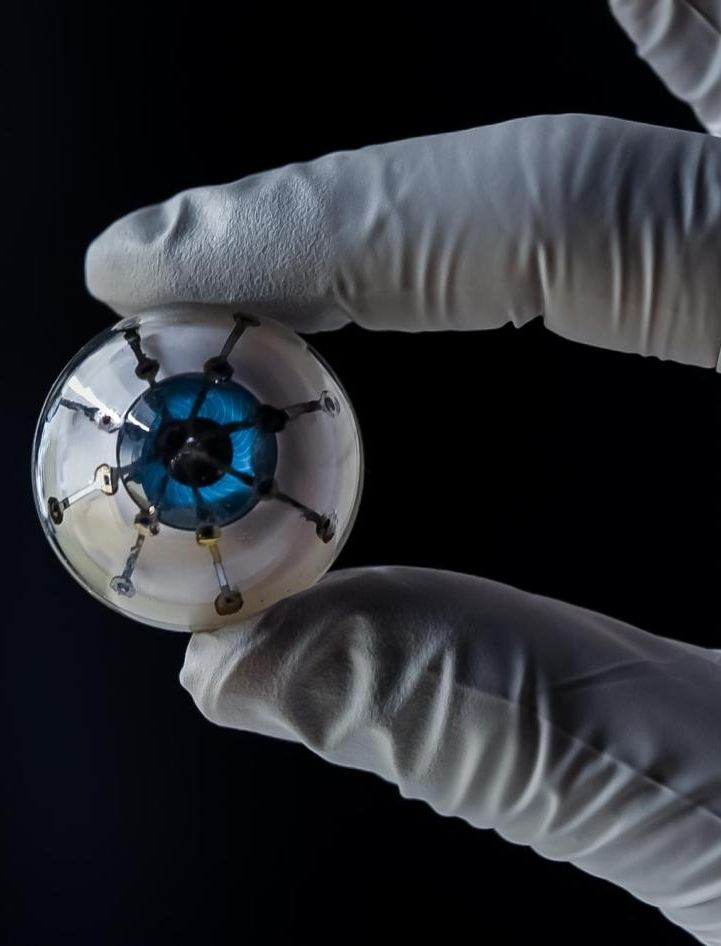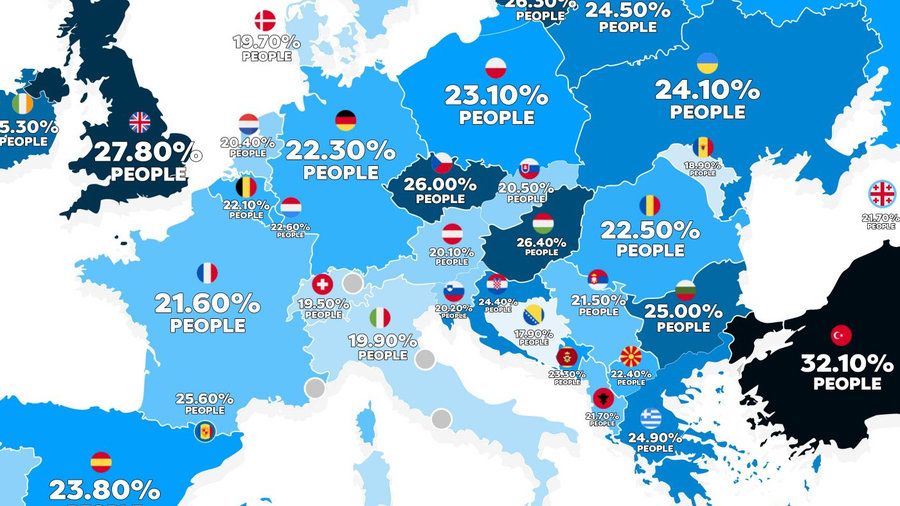It’s common knowledge that, because of the speed at which light travels, we can see things in space that aren’t even there anymore. If we peer at a distant galaxy we’re really only seeing what the objects within it looked like when the light itself was beaming in our direction. If the galaxy is a thousand light-years away, we’re seeing what the galaxy looked like a thousand years ago.
Now, researchers believe that they may be able to use a similar technique to search for black holes that don’t exist anymore. The only difference is that the black holes aren’t just from long ago, they’re from an entirely different version of the universe. Woah.
A research team comprised of scientists from Oxford University, the University of Warsaw, and the New York Maritime College, believe they have evidence that points to the leftovers of a black hole that existed in a universe that preceded the one we’re currently living in. However, rather than visible light, the black holes leave behind what is known as cosmic microwave background radiation, or (CMB).








